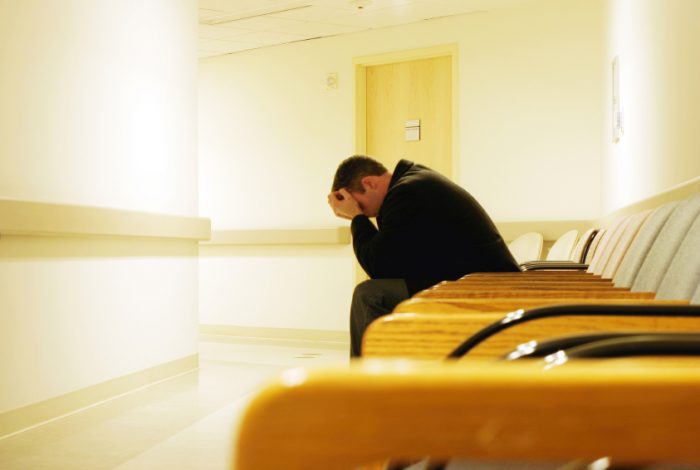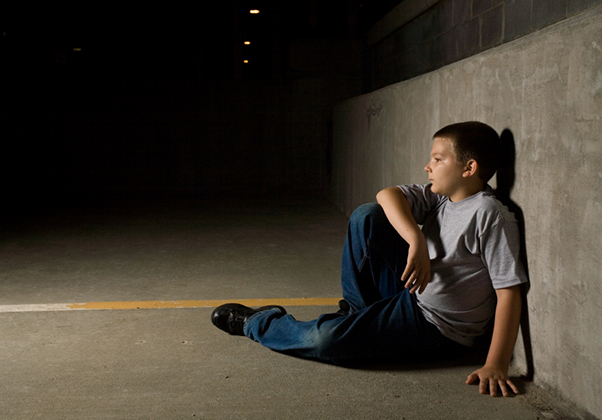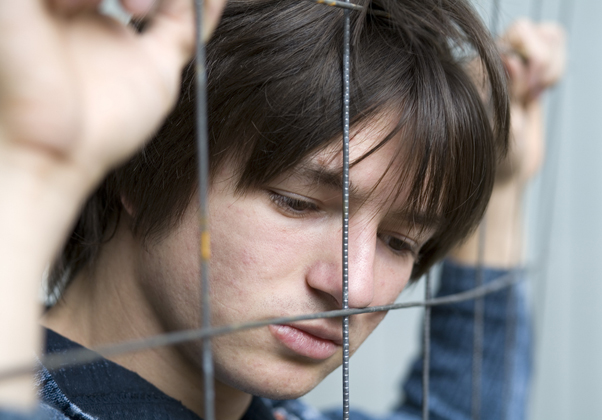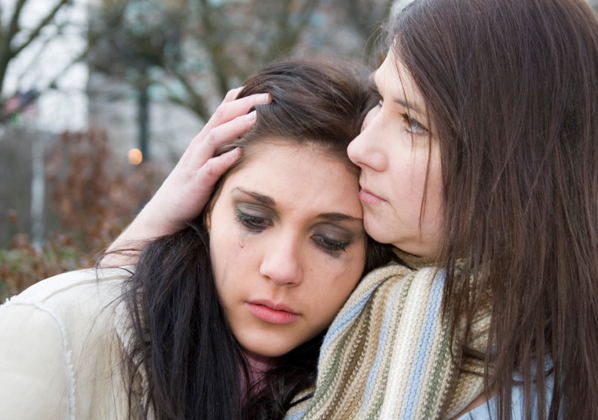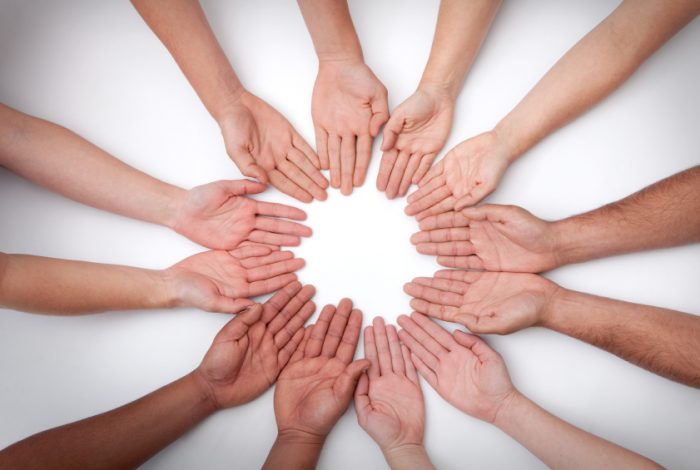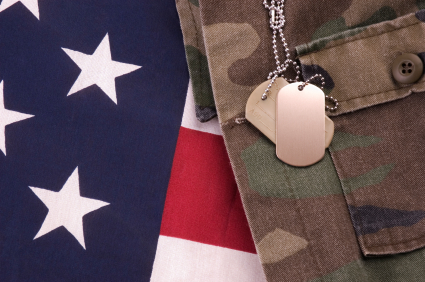Suicide on the Rise – What We Do by Lisa Firestone, Ph.D.
Can we identify people who are at high risk for ending their own lives and get them the help they need? The answer is Yes. We can. It is now possible to more accurately spot these individuals and effectively intervene than it has ever been. This hopeful answer is especially important today in the wake… Read more »
Read More